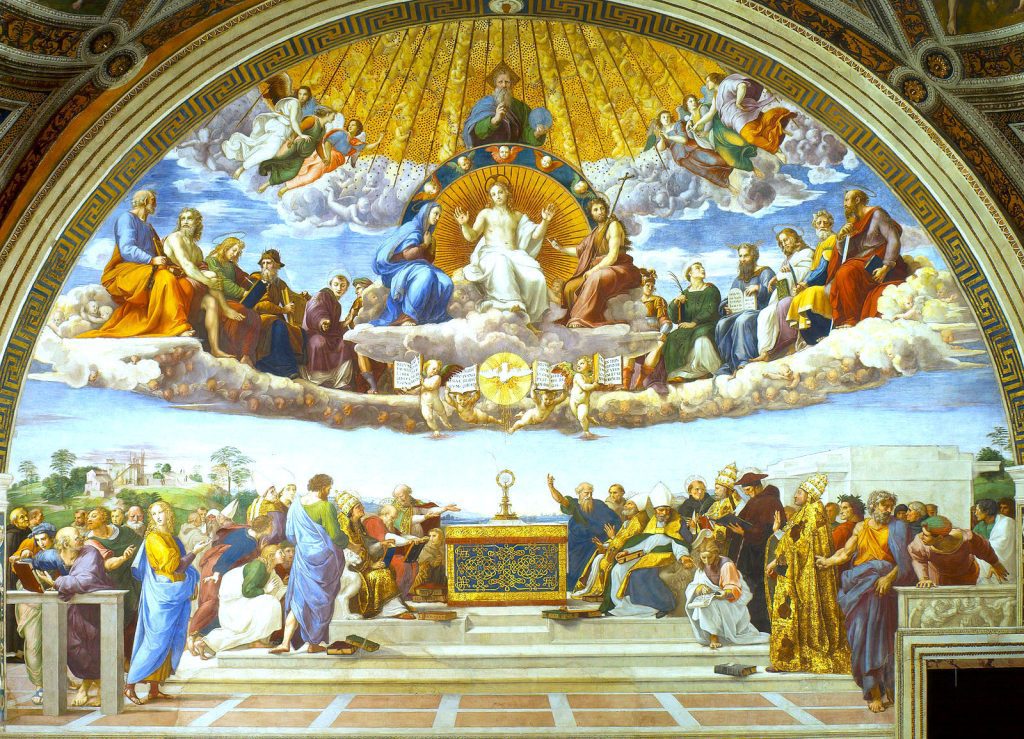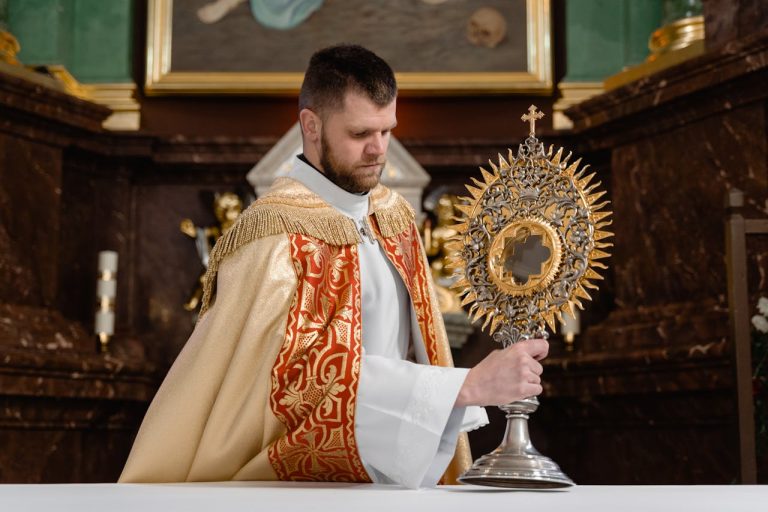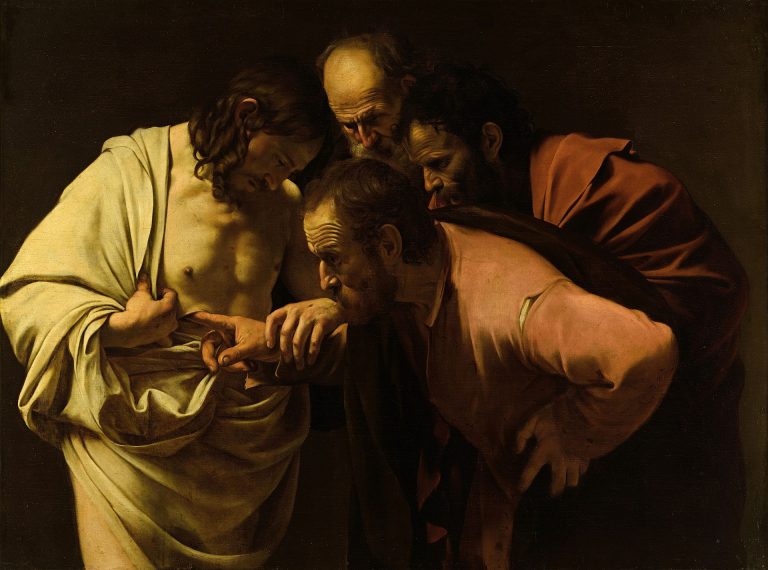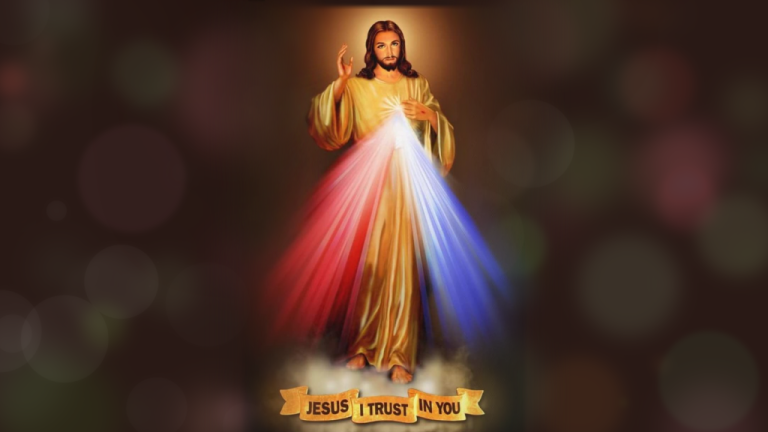Another problem is the disappearance of Catholic Schools. When we think of Catholic Schools, and their long, successful record of educating to the highest standards, we can’t help but be impressed. In most cities, the Catholic Schools provide education for a third the price per student that the public schools cost. In spite of being chronically short of funds, their students read, write, and do arithmetic better.
Every year, more Catholic Schools disappear. The costs are simply too high. The Catholic middle class is, intentionally, so overburdened with taxes that it’s harder for them to pay the extra tuition for their childrens’ education.
Bishops do make a great effort to keep Catholic Schools going. At the same time, they never seriously consider actually reducing those costs, as their public education counterparts have successfully done with cyber-schools.
Many Catholic students could learn at home three or four days a week with computerized instruction and computer contact with their teachers. Once or twice a week, if necessary, they could go to school for lab work, group instruction, gym classes, or tutoring.
This would allow each Catholic School to either handle two or three times more students, or allow their staffing costs to be cut by half. Additionally, each Catholic Church with classrooms could, by hooking those classrooms into a far wider net, become its own parish’s full or part-time Catholic School. Computers allow one classroom to provide instructions for many grades, just as one-room schools did for so many years. Every parish has retired teachers and other skilled people whose expertise could be used on a partly-paid, partly-volunteer basis.
Instead of trying something that’s been proven to work, most Bishops just let their schools close, throwing the children into the less than tender mercies of a public education system run by big, anti-Church establishments because they are unwilling to take advantage of technological advancements which would keep those schools open.
One reason? Generally, diocesan schools have a superintendent who’s utterly attuned to the old, pre-computer, bricks-and-mortar schools of the past. When bishops replace those hide-bound administrators with those who are plugged-in, great things can happen in Catholic Schools.








